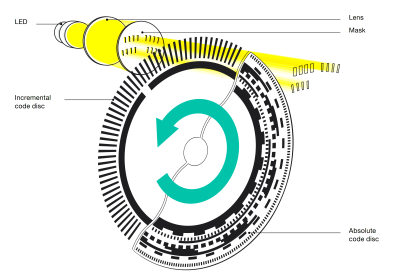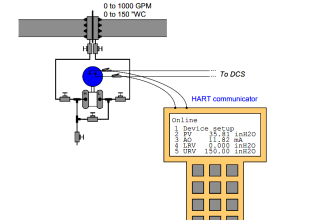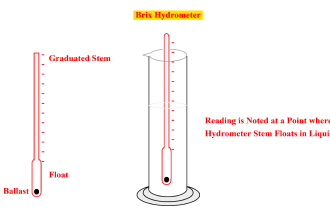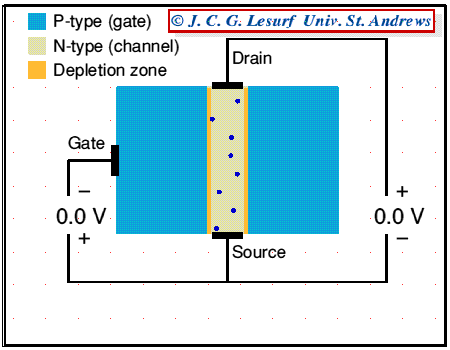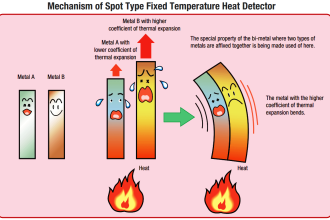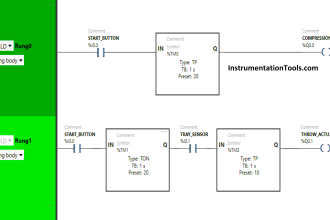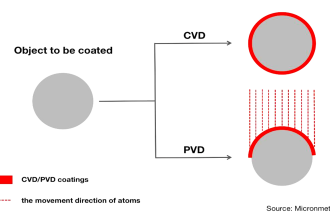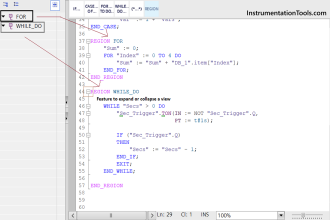[1] Define luminous flux
It is defined as the total quantity of light energy emitted per second from a luminous body.
It is represented by symbol F and is measured in lumens.
The conception of luminous flux helps us to specify the output and efficiency of a given light source.
[2] What is meant by luminance?
It is defined as the luminous per unit projected area of either a surface source of light or a reflecting surface and is denoted by L.
[3] What are the laws of illumination?
Law of Inverse squares
Illumination at a point is inversely proportional to square of its distance from the point source and directly proportional to the luminous intensity (CP) of the source of light in that direction.
If a source of light which emits light equally in all directions be placed at the centre of a hollow sphere, the light will fall uniformly on the inner surface of the sphere.
If the sphere be replaced by one of the larger radius, the same total amount of light is spread over a larger area proportional to the square of the radius.
Lamber’s cosine law:
The illumination at a point on a surface is proportional to cosine of the angle which ray makes with the normal to the normal to the surface at that point.
[4] What is meant by candle power?
It is defined as the number of lumens given out by the source in a unit solid angle in a given direction.
It is denoted by CP
Cp = lumens /ω
[5] Define MHCP
The mean of candle power in all directions in the horizontal plane containing the source of light is termed as Mean Horizontal Candle Power
[6] What are all the sources of light?
As per the principle of operation the light sources may be grouped as follows
- Arc lamps
- High temperature Lamps
- Gaseous Discharge Lamps
- Fluorescent type Lamps
[7] Define utilisation factor
It is defined as the ratio of total lumens reaching the working plane to total lumens given out by the lamp
utilisation factor = [Total lumens reaching the working plane] / [Total lumens given out by the lamp]
[8] Name the various photometer heads
Bunsen head or Grease spot photometer
Lummer-brodhun photometer head
There are two types of lummer broadhun heads
Equality oc Brightness type photometer head
Contrast type photometer head
[9] What is polar curve?
In most lamps or sources of light the luminous intensity is not the same in all directions.
If the luminous intensity, ie, the candle power is measured in a horizontal plane about a vertical axis and a curve is plotter between candle power and the angular position, a curve obtained is called as horizontal polar curve.
The luminous intensity in all the directions can be represented by polar curves.
If the luminous intensity in a vertical plane is plotted against position, a curve known as vertical polar curve.
[10] Define space-height ratio
It is defined as the ratio of horizontal distance between adjacent lamps and height of their mountings.
Space-height ratio = [Horizontal distance between two adjacent lamps] / [Mounting height of lamps above working plane]
[11] Define Power and Energy?
The rate at which work is done in an electric circuit is known as Electric power.
Power = Voltage X Current
The basic unit for electric power is Watts
The instrument used to measure the power is known as watt meter.The total amount of work done in an electric circuit is called as electric energy.
Energy = Power X Time
the basic unit is Joule or watt-sec
The practical unit is Kilo watt-hour
The instrument used to measure the energy is known as Energy meter.
[12] In our house are we monitoring/measuring power or energy?
Energy. It is done by energy meter.
[13] what is meant by cycle in ac waveform? what is period? Define frequency?
One complete set of change in value is known as waveform.
If you any basic question on AC waveform, then first draw an ac waveform and explain with reference to the waveform.
[14] Explain about various AC Values?
Instantaneous value: Instantaneous values are the values of the alternating quantities at any instant of time. They are represented by small letters like i, e etc.
Peak value: The largest value reached in a half cycle is called the peak value or the maximum value or the amplitude of the waveform. Such values are represented by Vm, Im etc.
Peak-to-peak value is the difference between the maximum and minimum values in a cycle.
Average value: The average or mean value of a symmetrical alternating quantity (such as a sine wave), is the average value measured over a half cycle (since over a complete cycle the average value is zero). For a sine wave, average value = 0.637 times maximum value
RMS Value: The effective value of an alternating current is that current which will produce the same heating effect as an equivalent direct current. The effective value is called the root mean square (rms) value and whenever an alternating quantity is given, it is assumed to be the rms value.
[15] What is form factor and peak factor?
The ratio of rms value to average value of an ac quantity is called form factor.
Form Factor = RMS value/ Average value
The ratio of maximum value to the RMS value of an ac quantity is called as peak factor.
Peak Factor = Maximum Value/RMS value





